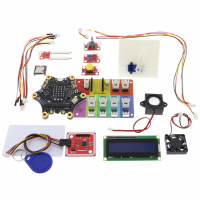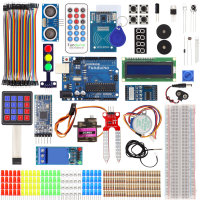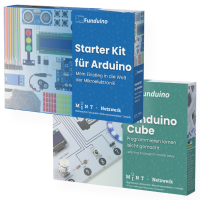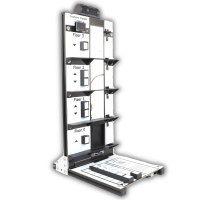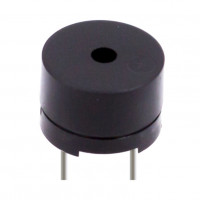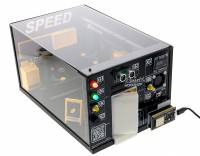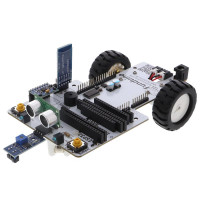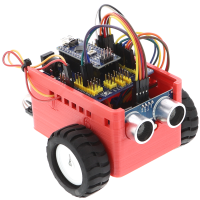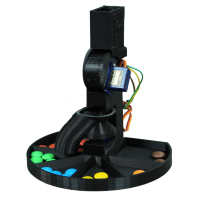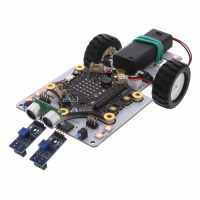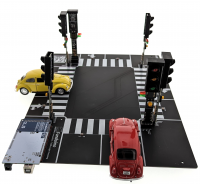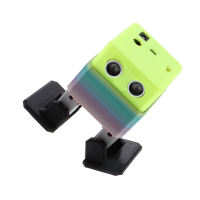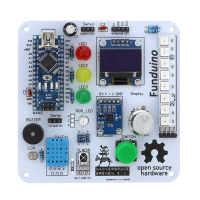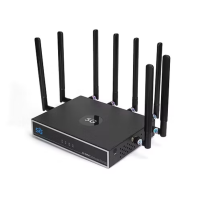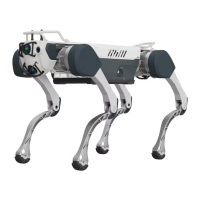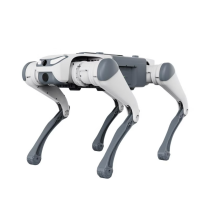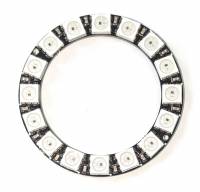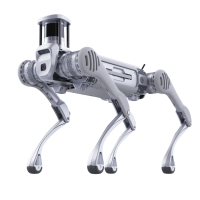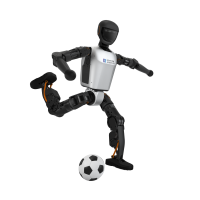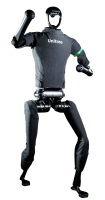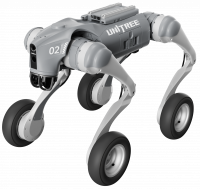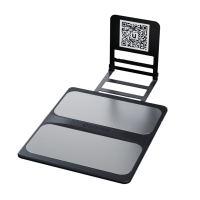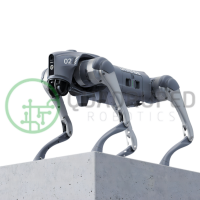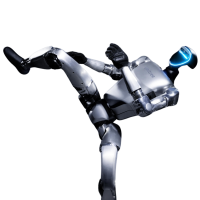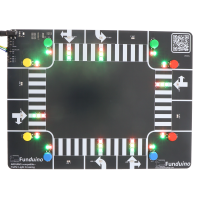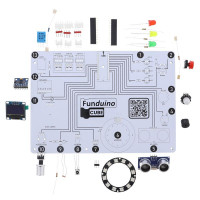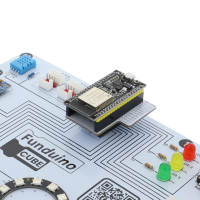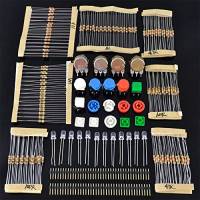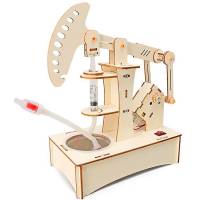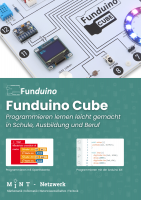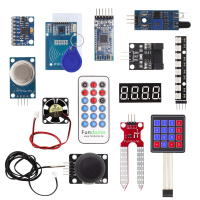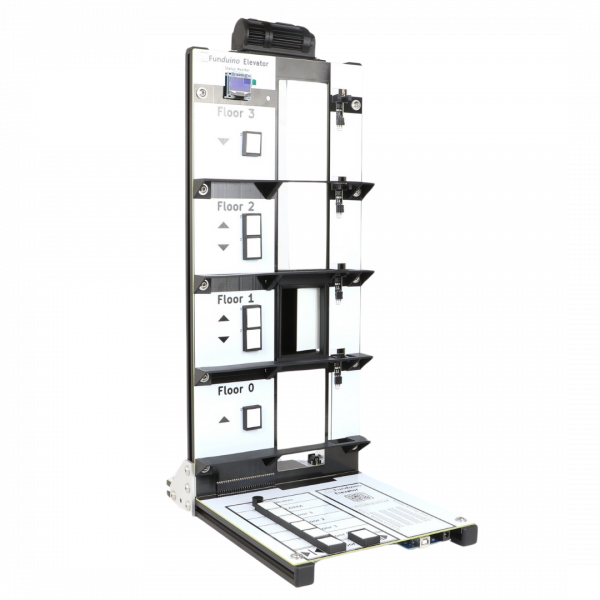
ATTENTION STOCK - Funduino Elevator - Elevator for Arduino
- Item no: F23110274
- Weight: 0,20 kg







This four-story elevator training system provides a platform that allows students to perform a full range of PLC programming tasks using the Arduino development environment with an elevator simulation.
With this ready-made Arduino project, students can construct and program a realistic elevator model. The individual components are very common in the field of microelectronics and are comprehensively documented. The students therefore work with materials they are familiar with. The elevator model can be variably extended to offer a higher level of challenge in the classroom.
The elevator can simulate the working condition of a typical industrial elevator or passenger elevator. Electrical and mechanical applications are closely linked and offer a high level of learning opportunities.
The upper section of the elevator is equipped with a motor-controlled cabin that can travel up and down the four floors.
The car door is also controlled by an electric motor.
Buttons and sensors in the upper area allow the usual elevator functions to be simulated and controlled.
A control panel is shown in the lower area, which represents the control panel inside the elevator with all its functions.
The lower panel also contains all the elevator's input and output sockets. The elevator can be controlled via the PLC on the control panel or manually using the buttons.
Advantage for educational institutions
- Individual tasks
- Better comparability in grading
- Creative solution possibilities
- Use of materials that the students have become familiar with using standard Arduino learning sets
- Sustainable use due to robust materials. Individual parts can be reordered and replaced.
Highlights
- The model has a large number of programmable components
- Arduino project with a high degree of relevance to everyday life
- Elevator model for four levels
- DC drive motor
- Motor control via integrated H-bridge L293D
- Alternative drive option with 360° servo motor
- Door opening of the elevator car with servo drive
- MP3 module for voice output (passenger information)
- Loudspeaker for voice output
- Loudspeaker for status tones
- Light barrier (1x per level)
- OLED display for status display
- Elevator buttons on the levels. Separate up and down buttons on the middle levels.
- Elevator buttons in the elevator car control panel
- Alarm button in the elevator car control panel
- Door open and door close button in the elevator car control panel
- Fully usable via USB, no external power supply required
- External power supply for stand-alone use is included
- External power supply can be selected separately for microcontroller (or PLC) and motor
- Complete teaching material and documentation
In addition to the complete hardware, the module comes with comprehensive instructions that can be used to try out and test the individual relevant components.
In the course of working with the elevator model, the aim is to make an elevator work fully automatically as in reality.
The elevator already contains an Arduino Mega 2560 microcontroller that can control the elevator fully automatically. The necessary Arduino software is an open source application that can be installed free of charge on any number of computers, including school computers, making this system universally and inexpensively usable in the classroom. The so-called "Arduino IDE" is also available as a software package on school server systems such as iServ.
However, it is also possible to control all individual components externally with other PLCs.
The operating voltage of the elevator is only 5V. This means that all components on the system can be safely tested and edited.
Technical details
Supply voltage 5V at control level
External power supply 6V - 12V (for demonstration situations without a connected computer)
Microcontroller included: Arduino Mega 2560 compatible
Separate on/off switch for motor voltage and microcontroller
DC motor with reduction gear
Controllable car door
Movement mechanism with ball-bearing rollers
The external input/output points on the control panel are equipped with sockets for conventional breadboard cables.
Frame made of 20x20 aluminum profile, black.
Dimensions
Base plate: 29cm x 21cm (base area is approx. the size of an A4 sheet of paper and is therefore ideal for use at student workstations.
Total height: 49cm
Possible applications
Creation of applications for PLC programming
Program simulations
Arduino application with a high degree of everyday relevance
Investigation of the functional principle of elevator mechanisms
Connection and control of mechanical and electrical structures
Applications of electric motor control
PLC control experiments
MCU control experiments
Scope of delivery
Elevator model for four levels
DC drive motor
Alternative drive option with 360° servo motor
1x door opening of the elevator car with servo drive
1x MP3 module for voice output (passenger information)
1x loudspeaker for voice output
1x loudspeaker for status tones
4x light barrier (1x per level)
1x OLED display for congestion display
6x elevator buttons on the levels. Separate up and down buttons on the middle levels.
4x elevator buttons in the control panel of the elevator car
1x alarm button in the elevator car control panel
2x button for door opening and door closing in the elevator car control panel
2x freely available ports incl. 5V and GND in the upper area of the elevator. Additional modules such as lighting etc. can be connected and programmed here.
1x power supply unit
1x USB cable
1x assembly instructions
1x Complete documentation with prefabricated, commented elevator control (QR code to the education portal)
Possible tasks
Travel to two floors in a repeated rhythm. Example of a construction site elevator. Only the motor needs to be programmed.
Move to two floors in a repeating rhythm. The current floor is shown on the display.
Two floors are approached depending on which floor button is pressed.
Two floors are approached depending on which floor button is pressed. The number of the respective floor is shown on the display.
The elevator stops depending on the light barrier signal.
There are also many other options for customizing the elevator. For example, with lighting or information displays via the freely available ports.
